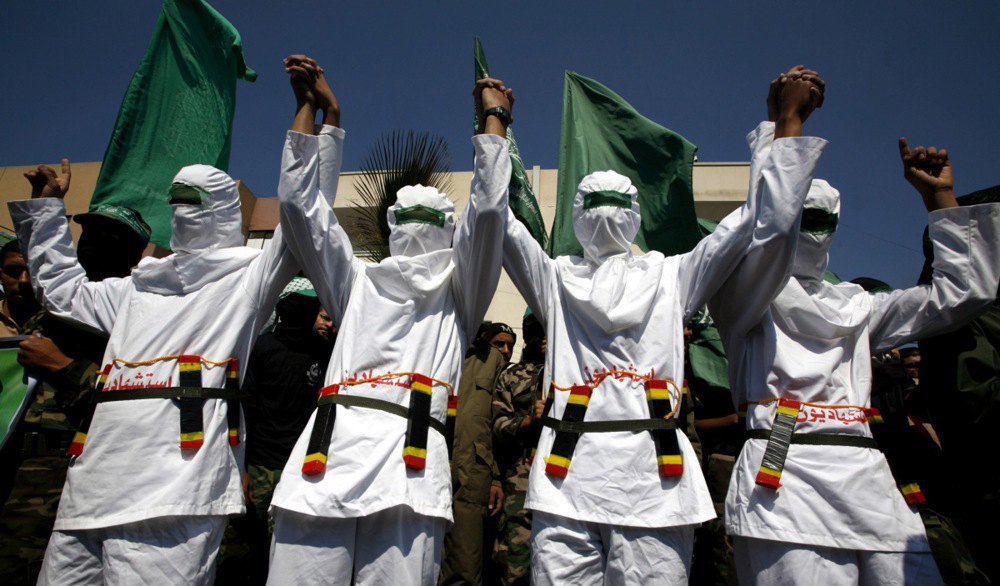The Israeli intelligence's mistake
Hamas (Harakat al-Muqawama al-Islamiyya, Islamic Resistance Movement) was officially established in 1987 in Gaza by Sheikh Ahmed Yassin. However, from the beginning, the organisation also operated in the West Bank. Hamas did not appear out of nowhere; it was a wing of the radical Muslim Brotherhood, of which Ahmed Yassin became a member in the 1960s. Already in 1979, he founded the Islamic Charitable Society (al-Mujamaa al-Islamiyya), modelled on the Muslim Brotherhood. It is worth noting that in 1984, Yassin was arrested for the first time for possession of weapons by the Shabak (Israeli Security Service).
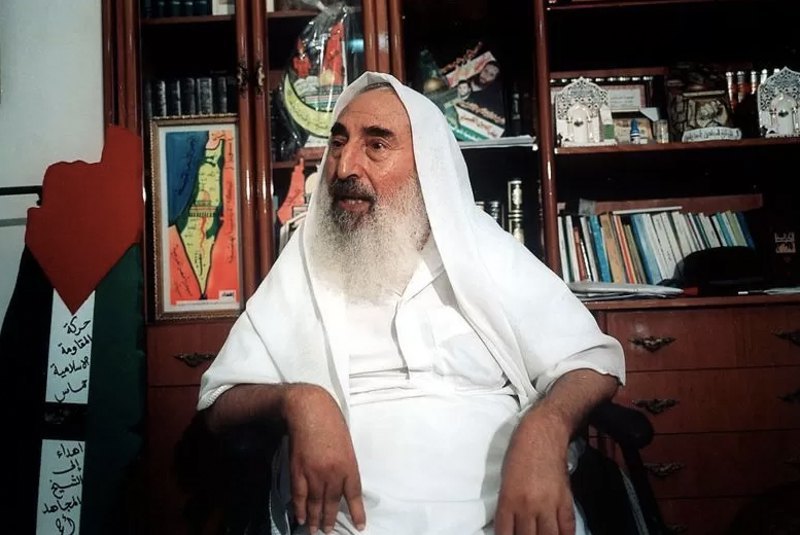
Fundamentalist structures such as the Muslim Brotherhood have never been just political parties. They have been active in many aspects, for example, they were spreading Islamist ideology at all levels, from schools and mosques to parliamentary activity in countries such as Jordan and Morocco. The Muslim Brotherhood has always been effective in forming social institutions: charities, schools and clinics.
Obviously, Hamas already had its own radical ideology at that time, but Yassin and other leaders of the group did not focus on it. This lulled the vigilance of the Israeli security services. At the same time, the claim that Israel created Hamas itself is completely false, and people who say this do not take into account the historical context.
The Israeli intelligence elite at the time logically wanted to create a counterweight to the PLO (Palestine Liberation Organisation), as this would help find allies among the hostile Palestinian population. If we look at the situation without delving into the ideological subtleties, Hamas was quite suitable for this role. And Israel's political leadership did try to play on the split in Palestine, but no more than that. It is worth recalling here that in the early 1990s, the PLO also terrorised Israel, mostly ordinary citizens, and attacked the IDF. It enjoyed unprecedented popularity in Palestinian society. It was the Israeli occupation that encouraged the establishment of Palestinian universities and free municipal elections, which the PLO immediately used.
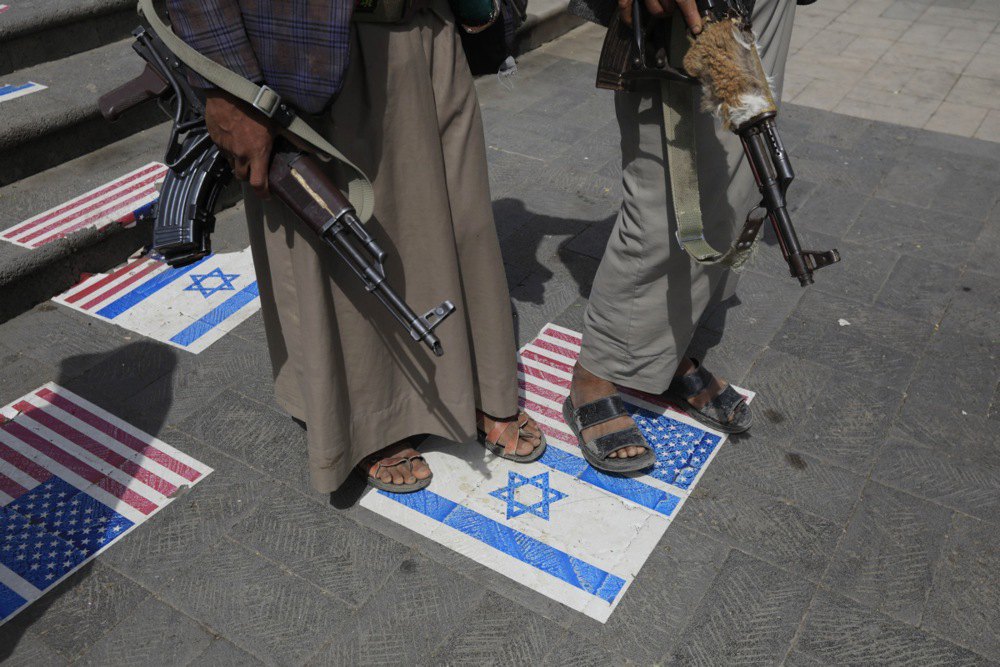
At the same time, the Palestinian Fatah party, which is currently in charge of the processes in the West Bank, was and remains a secular organisation, while the Democratic Front for the Liberation of Palestine was originally a Marxist structure. Almost all of the terrorist attacks against Israeli citizens at that time were carried out by organisations whose ideology did not have a religious component. Only Marxism, which ensured the support of the USSR.
In the eighties, both politicians and Israeli and other countries' intelligence agencies perceived Islamism, political Islam, as an exotic phenomenon. A simple example: On 6 October 1981, members of the Egyptian Islamic Jihad group assassinated President Anwar Sadat, but this organisation was small and more extremist than the Muslim Brotherhood. Another is that the mujahideen fought against the USSR in Afghanistan in the 1980s with US support. But they were not yet the Taliban. As devout Muslims, they did not follow the global Islamist ideology. Therefore, the US saw no problem in supporting their fight against the Soviet forces.
However, let's return to what Soviet and later Russian scientific propaganda said – that the Mossad created Hamas. "The Mossad is Israel's foreign intelligence service, which operates exclusively abroad. The Shabak (internal security service) is responsible for security inside Israel. In addition, the Civil Administration (a-Minhal a-Ezrahi), formally a military agency, is responsible for the Palestinians, it is supposed to meet the needs of the Palestinian population and to communicate with them. The structure was created due to a special situation: since Israel did not annex these territories after 1967, they are not subject to ordinary legislation, but some kind of legal framework was still needed.
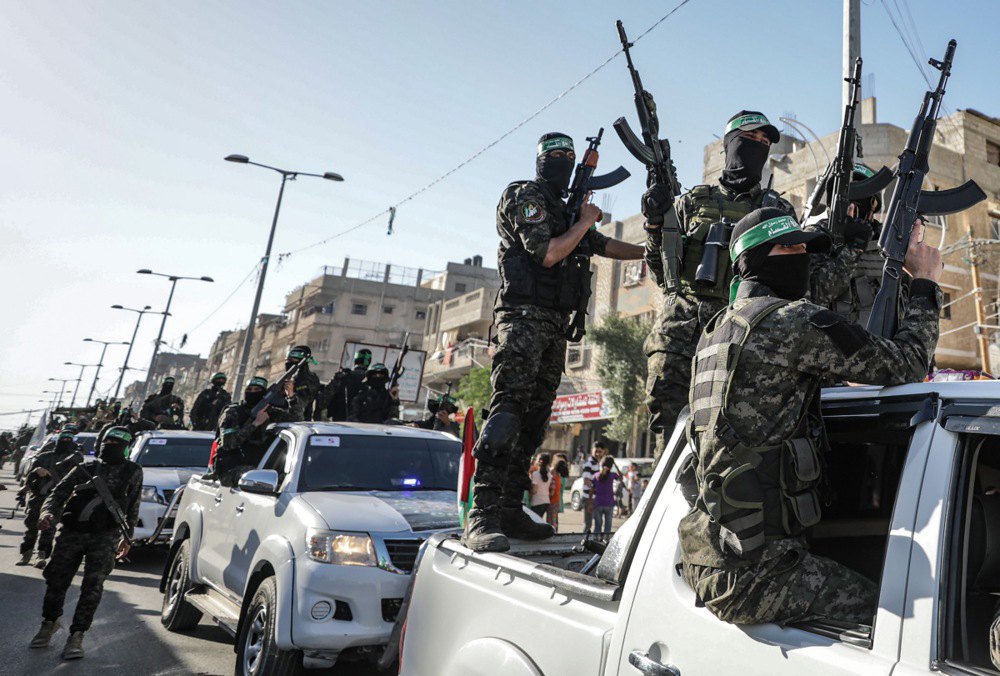
Both the CIA and FBI, as well as the Mossad and Shabak, are security agencies whose lion's share of activities is to prevent terror and eliminate military or physical threats in general. At the time, the texts quoted by preachers in mosques were not considered a threat. That is why the intelligence services of many countries, including Israel, were not interested in the ideology of Islamism. British-American orientalist Bernard Lewis was one of the few to point out the danger. The Israeli intelligence (if you stop believing in various myths, including Moscow's) had already missed it.
Hamas takes control of Gaza
Hamas's influence and popularity among the Palestinian population grew after the creation of the Palestinian Authority. Over time, Hamas's relations with Fatah and the PLO turned into rivalry and outright hostility. In many ways, Hamas was a Palestinian organisation of its own. Its members are Islamists, not devotees of secular ideology (such as the Palestine Liberation Organisation). In addition, Hamas' leadership was mostly local, from Gaza and several cities in the Palestinian territories, while the big bosses of Fatah and the Palestinian Authority (PA) were perceived by Palestinians as proxies of Tunisia.
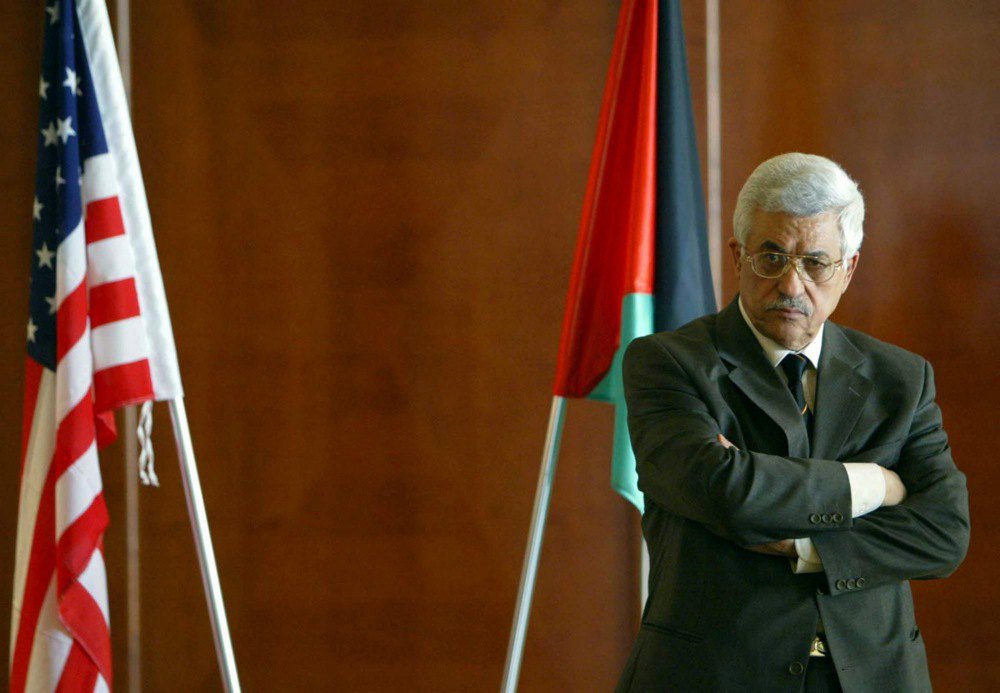
Today, Fatah's power in the West Bank rests solely on its strength, and the popularity of the administration of Mahmoud Abbas, the head of the Palestinian National Authority, is virtually zero. However, we should not think that this is a consequence of the PA's mafia structure and corruption. The most important reason for hatred of Abbas is not corruption, but rather cooperation with Israel in countering Hamas. The PA does this, of course, not out of love for Israel, but simply out of an instinct for self-preservation. In an independent Palestinian state, the PA believes, Hamas could overthrow Fatah and gain all the power, as it did in Gaza in 2006.
To understand what is at stake, it is necessary to recall the events of that period. In 2005, Israel evacuated Jewish settlements from Gaza and withdrew its troops. In 2006, elections were held, which Abbas did not want, fearing a Hamas victory. By the way, at that time neither Hamas nor Fatah were thinking about democracy, human rights or the fight against corruption. However, already in 2006, US Secretary of State Condoleezza Rice announced that elections had taken place in Gaza. And Hamas won a majority there.
Immediately afterwards, clashes between Fatah and Hamas intensified. In Gaza, the militants defeated Fatah after several months of armed clashes. At the same time, they settled scores with Abbas's people: many were literally thrown out of the windows of high-rise buildings. By 2008, Hamas had subjugated the entire territory of Gaza, getting rid of the remnants of Abbas's PA bureaucracy with the full support of the population. In other words, Palestinians did not consider Hamas to be usurpers.
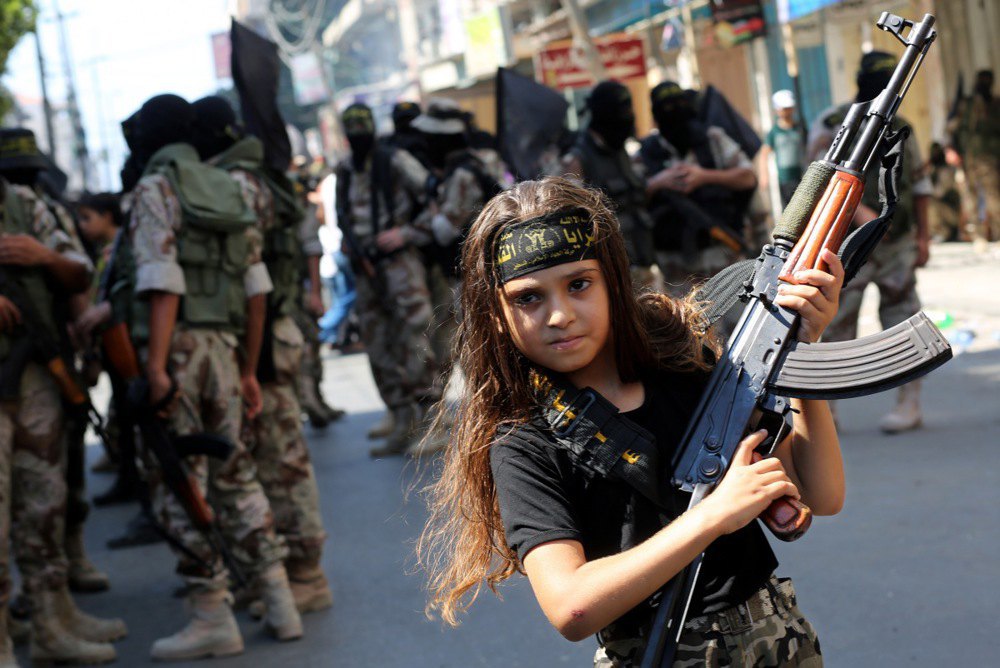
On 25 June 2006, militants first entered Israel near the border and attacked an Israeli tank. The tank's commander, Pavel Slutsky, was killed, and the gunner, Gilad Shalit, was taken prisoner.
On 15 May 2007, Hamas fired its first rocket at the Israeli city of Sderot with a new type of missile.
In October 2011, Israeli Prime Minister Benjamin Netanyahu signed a prisoner exchange agreement with Hamas, which resulted in the release of Gilad Shalit. In addition, 1,027 Palestinian terrorists were released from Israeli prisons. It is safe to say that this agreement inspired Hamas to carry out new terrorist attacks. Most of those released immediately returned to terror. The most famous is Ihya Sinwar, the main organiser of the Hamas attack on Israel on 7 October 2023.
At the same time, those who are now criticising Netanyahu for weakening the PA forget that its leadership is well aware that the presence of the Israeli army is necessary because, under the current circumstances, it guarantees the physical survival of Abbas and his entourage.
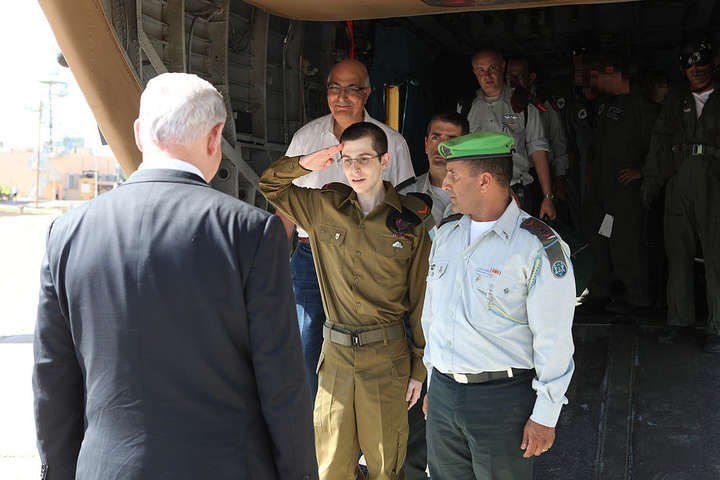
Hamas's bloody terrorist attacks
Hamas's path to terror was not unexpected: it was rooted in the radical ideology of the Muslim Brotherhood. The prominent ideologist of the Brotherhood in Egypt, Sayyid Qutb, wrote a book called Our Struggle with the Jews in the late 1940s, after which the militants carried out several terrorist attacks against the Jewish community in Cairo. The Hamas charter, which explains the movement's ideology, does not recognise the legitimacy of the State of Israel and repeats anti-Semitic clichés similar to Nazi propaganda or the Russian Protocols of the Elders of Zion. However, it is important to note that from the very beginning, these attacks were genocidal in nature – Hamas attacked Israeli citizens, seeking to kill as many of them as possible.
In 1987, Hamas carried out its first terrorist attack, kidnapping and killing two Israeli soldiers, Ilan Saadon and Avi Sasportas. In 1989, Israel outlawed Hamas.
On 13 December 1992, Hamas kidnapped and murdered border police officer Nissim Toledano. The then Prime Minister of Israel, Yitzhak Rabin, after a meeting with the National Security Commission, decided to send 415 terrorists to Lebanon. This decision was fatal: in Lebanon, Hamas terrorists met their Hezbollah counterparts and took advanced training courses. Even then, Hezbollah was much more experienced in terrorist attacks and guerrilla warfare against the regular army than Hamas.

Between 1993 and 1999, Hamas carried out 23 terrorist attacks, killing 165 people. A new wave began in 2001 with the second Intifada, the Palestinian uprising.
On 1 June 2001, a terrorist attack took place at the Dolphinarium disco in Tel Aviv. Twenty-one teenagers were killed. On 9 August 2001, a terrorist broke into the Sbarro pizzeria in Jerusalem. Sixteen people were killed.
On 27 March 2002, Hamas committed an act of madness: a terrorist blew up the dining room of the Park Hotel in Netanya, killing 30 people.
In total, 557 Israeli citizens were killed in dozens of Hamas terrorist attacks between 2001 and 2011. In 2014, Israeli teenagers were kidnapped in Gush Etzion (West Bank). On 8 June 2016, Hamas organised a terrorist attack in Tel Aviv, killing four and injuring 20 Israelis. In 2020, a series of terrorist attacks took place, including in Jerusalem, with 20 IDF soldiers injured.
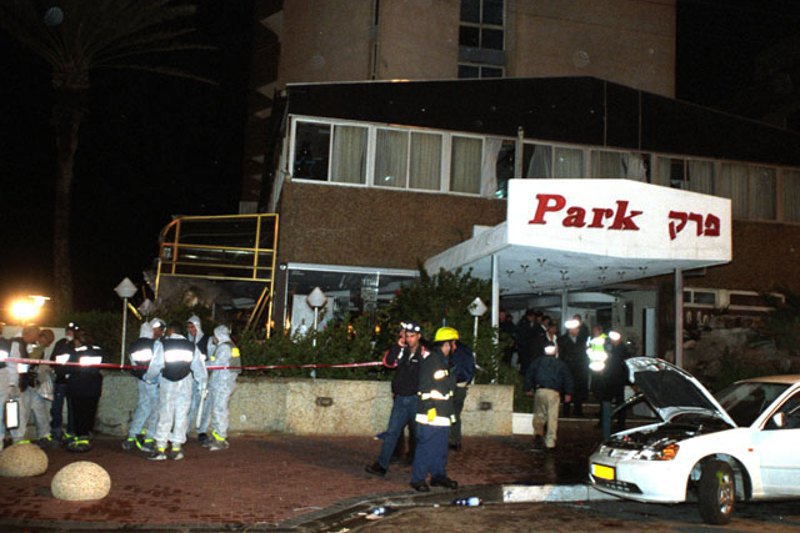
The political and military wings of Hamas
Hamas is in full control of Gaza because it diversifies its activities, as similar Sunni or Shiite Islamist organisations do. The main principle is da'wah, or "invitation to Islam". Simply put, it concerns religious propaganda in mosques, schools and universities.
Hamas governs Gaza and has all the institutions necessary for the functioning of a state: the treasury, courts, education and security services. In the 1990s, it split into two branches: a political branch (something like a politburo) and a military branch. This happened because the organisation expanded and it became difficult to manage all the processes.
This alone does not justify the contrived distinction between the political and military wings of the terrorists. All members of Hamas profess the same ideology and differ from each other only in their type of activity. Their goal is the same: terror and the destruction of Israel and the Jews. Moreover, Hamas and other Islamist movements consist exclusively of their own, proven people. There are no random figures there.
The population has always supported Hamas; it was and remains receptive only to Islamic discourse. The other thing is that there are no polls to measure support for Hamas today, but judging by the popularity of the terrorists in the West Bank, there is no reason to believe that the situation in Gaza has changed.
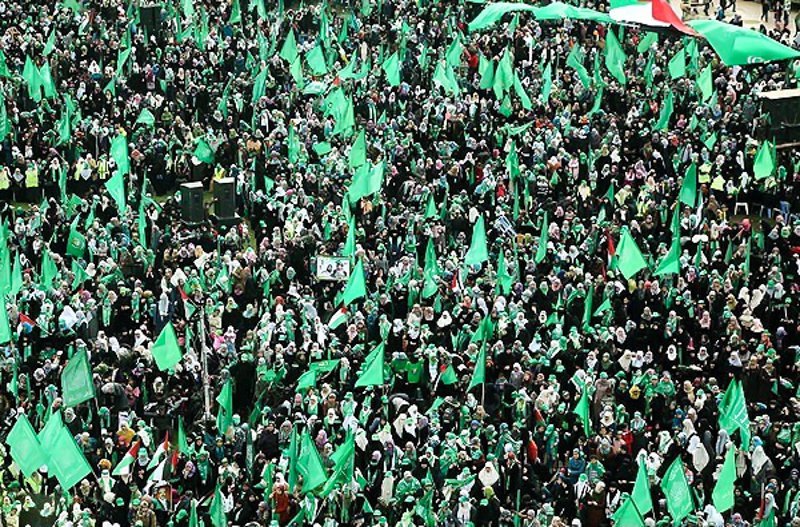
"The Gaza Metro". How Hamas functions
Hamas has a rich arsenal of small arms, missiles of several modifications, mortars of both its own and Iranian production. It has a lot of Kornet anti-tank missiles (Iranian copies of Russian ATGMs) capable of hitting modern Israeli Merkava tanks. It even formed its own special forces, the Nuhba, which carried out the mega-terrorist attack on 7 October 2023.
The latest attack on Israel has shown that Hamas can plan complex operations, and that military discipline and the distribution of authority between commanders at all levels allow them to be implemented. The basic combat unit is the battalion, and that is why the IDF is trying to eliminate Hamas combatants first: then it will be possible to paralyse the middle and senior levels of command.
Hamas's main strategic advantage is the system of underground tunnels, which the militants have been developing since 2005 under the nose of the Israeli army and called the "Gaza Metro". The idea to use them was most likely suggested by Hezbollah's leaders, who have the relevant experience. The tunnels were built with various resources, including the help of the Bedouins of Sinai and with the connivance of the Egyptian authorities. Now Hamas has an entire underground complex of branched corridors with everything it needs for a long stay: communication and ventilation systems, food and water supplies. Although the length of the network is unknown, it is believed to cover more or less the entire territory of Gaza.
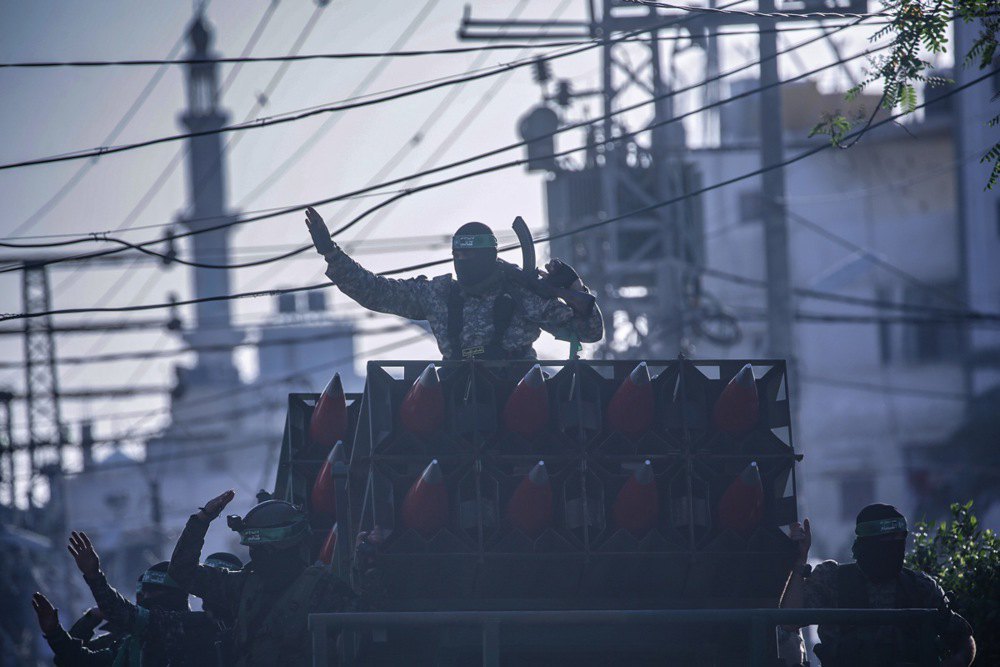
At the same time, Hamas deliberately placed its main command post under the Al-Shifa hospital (built by Israel). The militants' calculation is simple: if the IDF hits the hospital, the international community will immediately condemn it.
However, tunnels also have disadvantages which can turn them into a trap. It is impossible to deploy combat units there. The passages can be flooded with seawater, especially now that the IDF controls the Gaza coast. The Israeli Defence Forces' Special Forces of Engineers, the Ya'alom, has a special unit that specialises in underground warfare. It is clear that the fighting will be long and difficult, but the IDF is by no means powerless in the face of tunnels, contrary to Hamas's perceptions.
Hamas's sponsors
Hamas is a wealthy organisation with significant assets abroad. According to documents obtained by the German newspaper Die Welt from Western intelligence services, in early 2018, Hamas had a secret international investment portfolio that the organisation estimated at $338 million, but in real terms it is worth more than half a billion dollars. It includes about 40 Hamas-controlled companies operating mainly in the construction sector. They are based in Turkey, Saudi Arabia, the United Arab Emirates, Sudan and Algeria.
The investment documents were allegedly found on a Hamas computer. These include balance sheets from 2008 to early 2018, apparently for internal financial control. The most recent set of data, covering the period from May 2017 to January 2018, shows the estimated book value of the entire portfolio at that time, and also shows in coded form where the money withdrawn from the investments – $49 million in total – went for Hamas's needs.
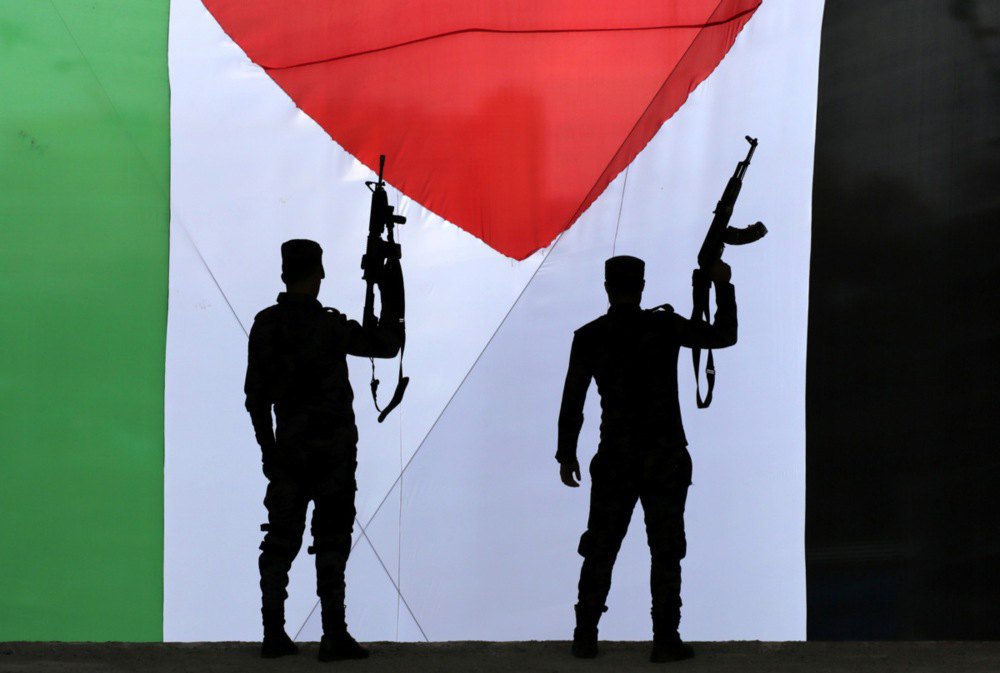
Hamas has been building an international business empire in parts over the past 20 years. All of them are used as a reserve for exceptional needs.
For a long time, much of its activity was in Saudi Arabia, but in the last three years, Hamas has allegedly been moving its business to Turkey as Saudi authorities have taken increasingly resolute action against it.
In Saudi Arabia, the work was initially focused on the parent company Asyaf. However, when its head Abu Obeid Hari was included in the US sanctions list in 2015, the management of the secret Hamas portfolio was transferred to the Saudi Anda Co, and since 2016 – to the Turkish branch of Anda Gayrimenkul. In 2018, the company was renamed Trend Gyo, and now 30% of its shares are traded on the Istanbul Stock Exchange.
Hamas's finance committee was based in Jeddah for years, but many of its activities were relocated due to the break with the Saudis. The head of Trend Gyo's investment portfolio is probably Oussama Abd El-Karim, who lives in Lebanon and frequently travels to Turkey. His deputy, Hisham Younis Qafisheh, is directly involved in the processes, as he is a member of the board of directors and a shareholder in many Hamas-controlled companies, including Trend Gyo.
He is also the head of the Hamas company in the Sudanese capital, Khartoum, which specialises in the construction of roads and bridges. Other Hamas members also perform various functions in the conglomerate.

Experts were surprised by the section of Hamas's balance sheet labelled "Economy". It shows $49 million: 29 million was sent to Gaza itself, 9 million to Hamas's foreign activities, for example, in Lebanon, 5 million to the Jerusalem branch, and 4 million to Israeli Arabs, mainly to finance terrorist attacks in Israel and to pay the salaries of Hamas officials. Around 30-40% of the funds were used for military and terrorist purposes.
To transfer funds to the Gaza Strip and conceal income from the tax authorities of the respective countries, Hamas uses the tools of organised crime. For example, it uses money changers instead of the banking system to avoid their transactions being traced. Income from rental payments is received in cash, and apartments are sold abroad to disappear from the balance sheet. Profits are transferred to the parent company to avoid taxes. Individuals are used as fiduciary shareholders to conceal Hamas's control.
Hamas's disguise tactics are also dangerous for the real economy, customers, business partners, shareholders and service providers, such as banks. They may come under suspicion of involvement in illicit terrorist financing if links between portfolio companies and Hamas alert government authorities.
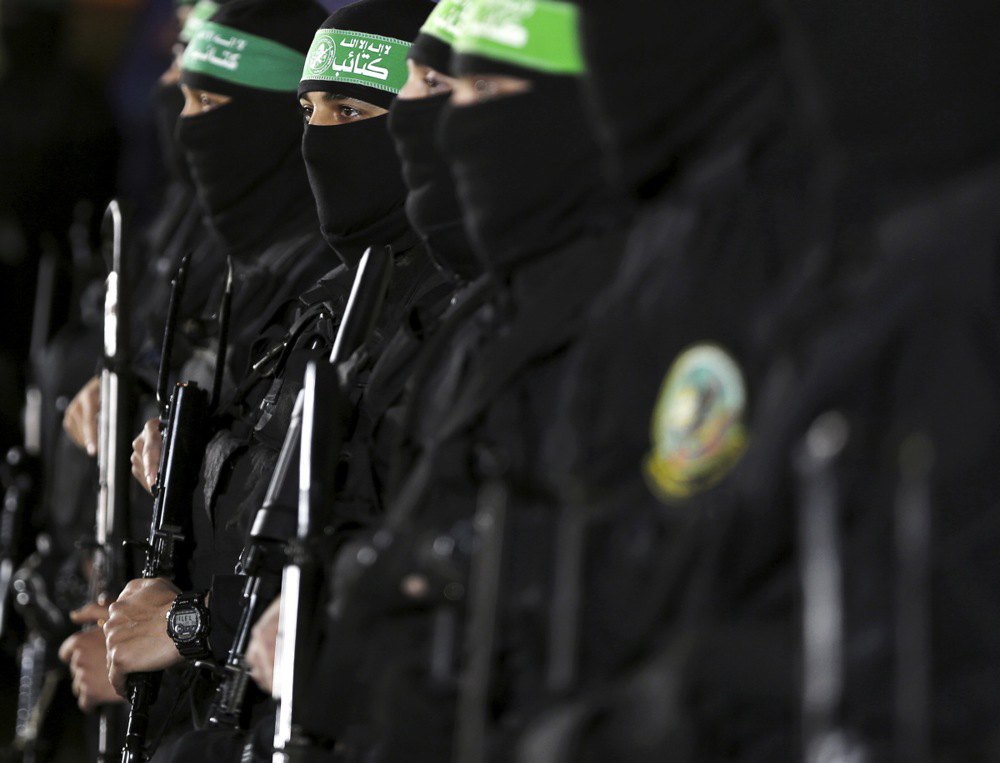
Thus, the bulk of Hamas's income is "self-sustaining", meaning that its existence does not depend on subsidies from any country. However, this does not cancel the game of Qatar, whose emir is sympathetic to Hamas and provides its leadership with a luxurious life in Doha.
Hamas's relations with Iran, including financial ones, are quite complex. First of all, it should be noted that Hamas is not a proxy of Iran, not its puppet. It emerged as an organisation with no connection to Iran, with its own interests. For example, at the height of the Syrian civil war, it opposed Assad, a traditional ally of Iran. It could not have been otherwise, because after all, Hamas is a Sunni Arab organisation, and the Muslim Brotherhood has always been the worst enemy of Assad's father's regime. Besides, Iran does not bestow favours on its proxies and clients. On the contrary, in order to earn Iranian money, one has to work for it. In other words, Hamas has to commit terrorist attacks, and then Tehran will pay.
Iran is happy to provide Hezbollah instructors, weapons, and freedom of action without requiring compliance with strict instructions or schedules. This approach allows them to promptly distance themselves. Since Tehran does not really delve into the details of a particular terrorist attack, it can claim that it knew nothing. Iran used this tactic after the 7 October mega-terrorist attack too.
